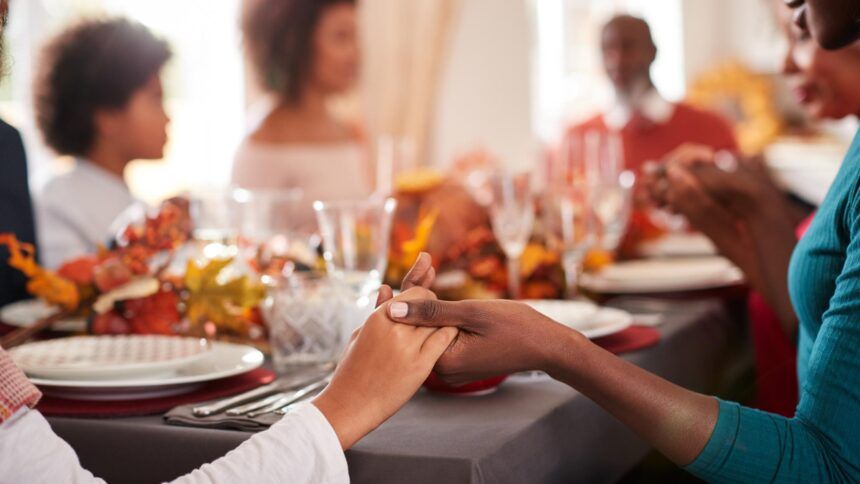Getting together for the holidays? This website will help you see how risky your plans are

(CNN) With the end of the year fast approaching, a new tool sponsored by the National Institutes of Health may be helpful in keeping holiday gatherings -- or any other meeting -- as safe and as coronavirus-free as possible.
The Safer-Covid tool assigns a score based on the risk level associated with a given activity. Users can input information such as setting, number of people and duration, and the tool rates it on a scale of 1 to 10. The higher the score, the riskier the activity.
For example, a long Thanksgiving gathering with more than 25 people, indoors, with no social distancing earns a score of of 8. But a smaller, shorter, outdoor event with social distancing earns a score of 3.
The tool aims to guide consumers through four factors critical in making plans during the Covid-19 pandemic, said Dr. Vik Kheterpal, the product lead for this project. Those four factors are activity risk, local spread, risk of severe illness, and personal risk tolerance.
By putting in their zip code, users can see data on local spread. They can also answer a questionnaire about personal health and receive feedback on their risk of severe illness from Covid-19.
"The typical consumer freezes or just takes an instinctive response to making a decision about an activity," Kheterpal said. "What we're trying to do with the tool is to bring attention to the four factors in a very consumer-friendly way."
The tool was created with funding from the National Institutes of Health, and uses data from sources including the US Department of Health and Human Services and the Covid Tracking Project.
Currently, the CDC says the "safest way" to celebrate the holidays is to only gather with other members of one's own household. Kheterpal said this tool is useful in providing people with rational risk assessment, and a sense of autonomy over decisions in a time when things may feel out of control for many.
"We all want agency over our decisions," Kheterpal said. "We want to make a decision knowing that we understand why it is or isn't."
Kheterpal said that in designing programs like this, it's important to know that users want to be armed with accurate information, and that when they are informed, they make better decisions.
"This is an effort to make that bite-sized, to not treat the consumer as blank slate that is not going to have agency over their decision," he said. "And to respect the fact that none of us like to be told what to do."